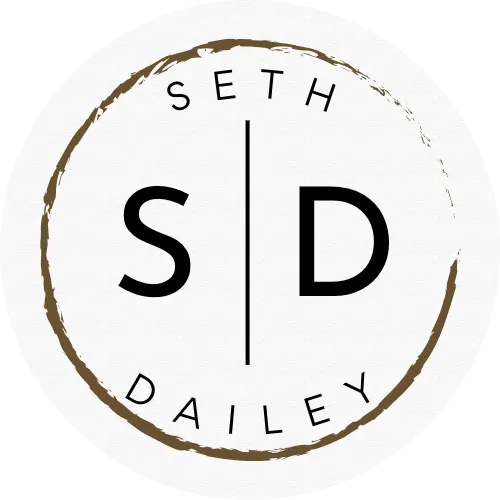
The CRIT Framework
If you’re anything like me, you’ve had that moment where you know AI can help—but you don’t know where to start. This week, I took a workshop with Geoff Woods (author of The AI-Driven Leader), and I had a lightbulb moment. Geoff introduced a framework called CRIT, and it changed the way I think about using AI in business—not just to save time, but to think better.
Whether you’re a solo agent or leading a real estate team, this could be a game-changer. Let me break it down for you.

The CRIT Framework - Most people treat AI like a search engine. But if you want to use it like a strategist, here's the 4-part prompt Geoff teaches:
C = Context - Tell it your situation. Be specific. The more background, the smarter it gets.
R = Role - Assign it a role. Want marketing help? Make it your CMO. Hiring? Make it your recruiter.
I = Interview - Flip the script. Instead of you asking questions, have it ask you—one question at a time, up to three—to get more clarity.
T = Task - Then give it a clear job. What do you want back? A strategy? A comparison? A roadmap?
Example: Creating Leverage as a Team Leader - Let’s say you lead a team and you're stuck doing everything—lead gen, listings, managing your agents—and wondering how to scale without burning out.
Here’s how you’d plug that into CRIT:
Context: "I run a real estate team in [your city]. I did $500K GCI last year. I'm the rainmaker, still on most appointments. I'm considering hiring a showing partner or investing in better systems, but I’m not sure what will create the most leverage.”
Role: "Act as a real estate business coach who specializes in team growth and leverage."
Interview: "Ask me up to 3 questions, one at a time, to understand my pain points and vision."
Task: "Then recommend 3 non-obvious ways to create more leverage—with pros and cons."
When you do this, AI doesn’t just spit out generic advice. It thinks with you. It challenges your assumptions. It becomes a thought partner.

